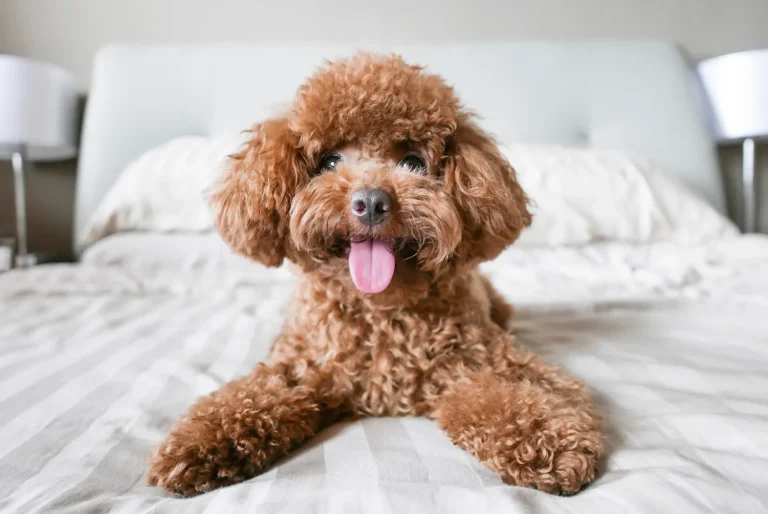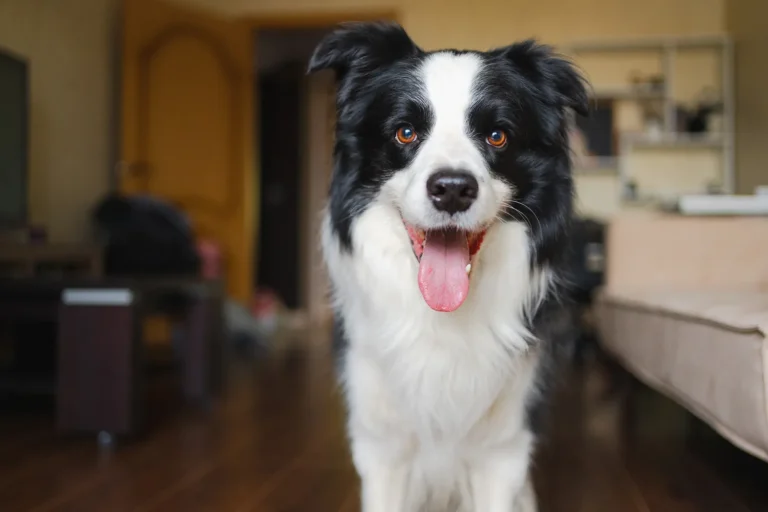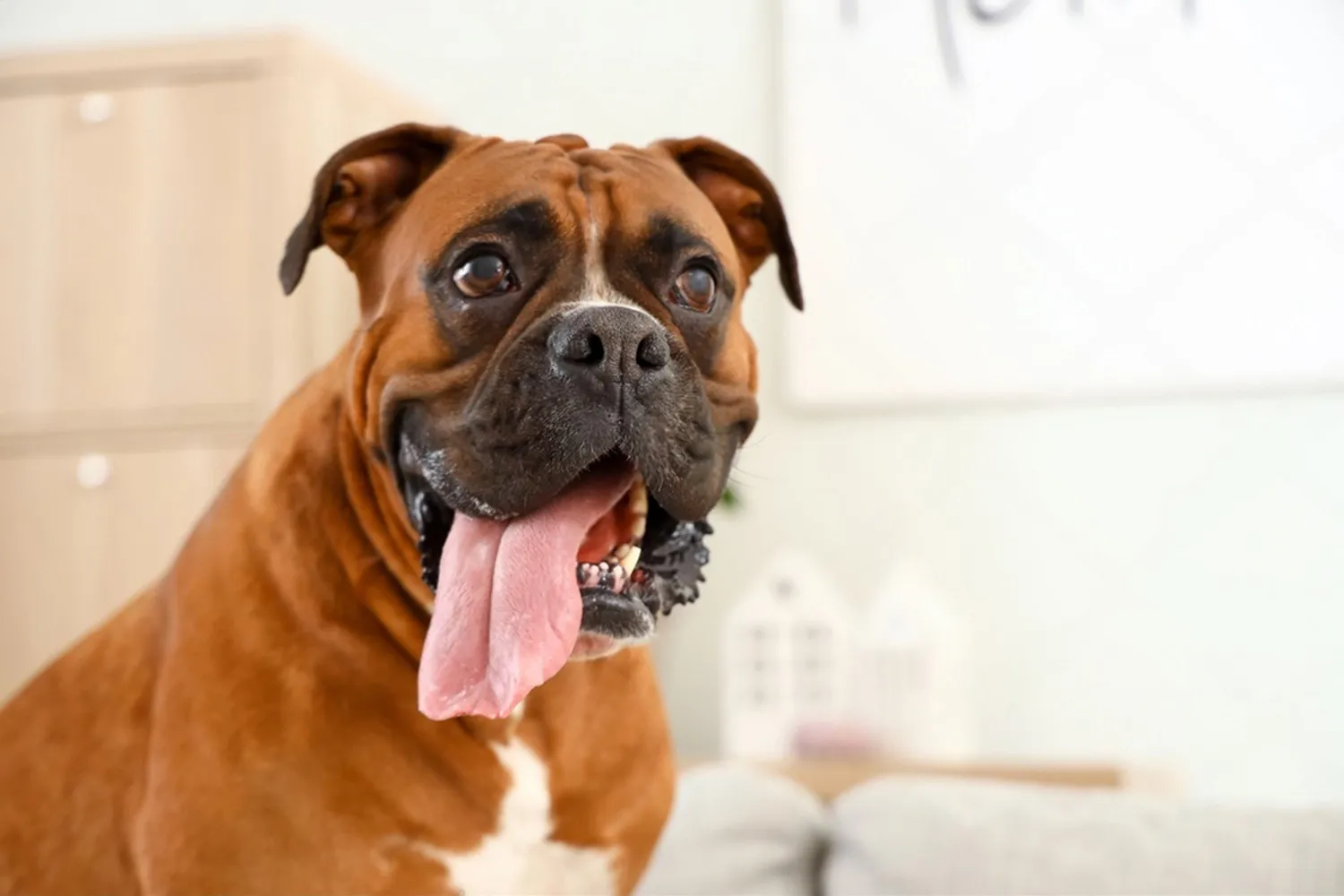
If you’ve ever met a Boxer, you know that the serious, jowly face is just a disguise for a total goofball. They’re all muscle on the outside and marshmallow on the inside. I once dog sat a Boxer named Gus who greeted me with the famous whole body wiggle and a “kidney bean” dance every single morning. He’d bounce around like a spring, then flop against my legs for a good snuggle, as if to say, “See? Tough and cuddly.”
Even though the American Kennel Club puts Boxers in the Working Group, at home they’re devoted family pals. They adore kids, thrive on being part of the action, and will happily shadow you from room to room. My advice: plan for daily exercise and short, upbeat training sessions they’re smart and eager to please, but that enthusiasm needs a job. Be ready for a bit of drool and some comical snoring, too. In return, you get a loyal, playful companion who makes every day feel brighter.
History and Origin of the Boxer
While the Boxer’s story stretches back to 16th century Europe, the dog we’d recognize today really took shape in Germany around the turn of the 19th century. Early breeders favored a square, athletic dog with that unmistakable expressive face and a willingness to work. I once chatted with a German breeder at a small show who laughed that Boxers “talk with their paws” – and it’s true. The first Boxer I ever met in a city park tapped my knee like a polite boxer in the ring, as if to say, “Excuse me, human, ball please.”
After the First World War, Boxers made their way to the United States in larger numbers, carried along by the admiration of returning soldiers who’d seen what these dogs could do. A neighbor of mine, a veteran, keeps a framed photo of his grandfather’s unit with a sturdy Boxer sitting front and center. He swore the dog could tell friend from stranger in an instant and would shadow the medics like a devoted nurse.
Their beginnings weren’t glamorous – Boxers were originally bred for dogfighting. But that chapter gave way to something far better. Thanks to their intelligence and loyalty, by the 1930s they were serving as cattle dogs, war dogs, police dogs, and even guide dogs. They still work in police and military roles today. I watched a Boxer at a county safety fair run a scent detection demo; nose down, tail wiggling, all business until the “find,” and then pure joy. If you bring home a Boxer, give that brain a job: short daily training games, scent puzzles, or a weekend agility class go a long way toward a calm, happy companion.
The American Kennel Club recognized the Boxer in 1904, and their star has only risen since – they’re now considered the 10th most popular dog in the world. It’s not hard to see why. Boxers are a rare blend of clown and guardian, willing to romp with the kids in the afternoon and stand steady and brave when you need them. My advice? Lean into both sides: keep the fun flowing, keep the training consistent, and you’ll understand exactly how this breed won hearts from old Europe to modern living rooms.

What Is the Boxer Breed?
If you’ve ever met a Boxer, you know they’re hard to forget. With their square jaws, short sleek coats, and that “ready for anything” posture, Boxers are muscular, medium to large dogs that look like athletes and act like comedians. All Boxer puppies are born with a powerful jaw and a characteristic underbite (mandibular prognathism), which gives them that unmistakable pout. I’ve always loved how expressive their faces are one raised eyebrow and you know exactly what they’re thinking. My neighbor’s Boxer, Buster, greets me with a full body wiggle that could power a small city.
Even though there aren’t official sub breeds, Boxer folks often talk about different types within the breed. You’ll hear these distinctions from breeders and longtime pet parents, and while temperament and care are pretty similar across the board, the types can differ in build, coat look, and overall vibe.
– German Boxer: Slightly larger than other types, with denser bones and more pronounced muscle. The German style always reminds me of a heavyweight champ solid, steady, and powerful.
– UK Boxer: Recognized by the Kennel Club as a pure breed in 1948, the British Boxer is the smallest type. Sleek and lithe with shorter, leaner legs, they move with a smooth, almost catlike grace. A friend’s UK Boxer would sprint like a sprinter, then curl up tight as a cat on the sofa.
– American Boxer: Easy to recognize with a wider snout and a distinct lack of wrinkling, plus a coat that tends to be shinier and stronger looking. One of my training classmates had an American Boxer who took to agility like a natural fast, focused, and surprisingly nimble for a muscular dog.
You’ll also hear people describe Boxers by their coat style and color, which many pet parents treat like “types” too:
– Brindle Boxer: Fawn fur with dark tiger like striping, often with white patches on the legs and chest. In the sun, that striping looks almost painted on.
– White Boxer: Almost entirely white, and unlike most other Boxers, they don’t have the classic black mask. They look like snow sculptures with a heartbeat.
– Fawn Boxer: The classic reddish coat, from auburn to light tan, often with white on the legs and stomach. If you picture a Boxer in your head, it’s probably a fawn.
Living with a Boxer means embracing energy and humor. They thrive on daily exercise and mental games think brisk walks, fetch sessions, and puzzle toys. With that powerful jaw, sturdy chew toys are a must; I learned quickly that “indestructible” toys are more of a suggestion than a guarantee. Their short coat is easy to maintain with quick weekly brushing, but don’t let the sleek fur fool you they can still shed. Keep a towel handy for post drink splashes and happy drool moments.
At the end of the day, whether you’re drawn to a heavier German build, a sleek UK silhouette, a glossy American look, or a particular coat color, you’re getting the same big hearted companion. Pick with your eyes, prepare with your feet (Boxers love to move), and enjoy the daily comedy show that comes with that square jaw and soulful stare.
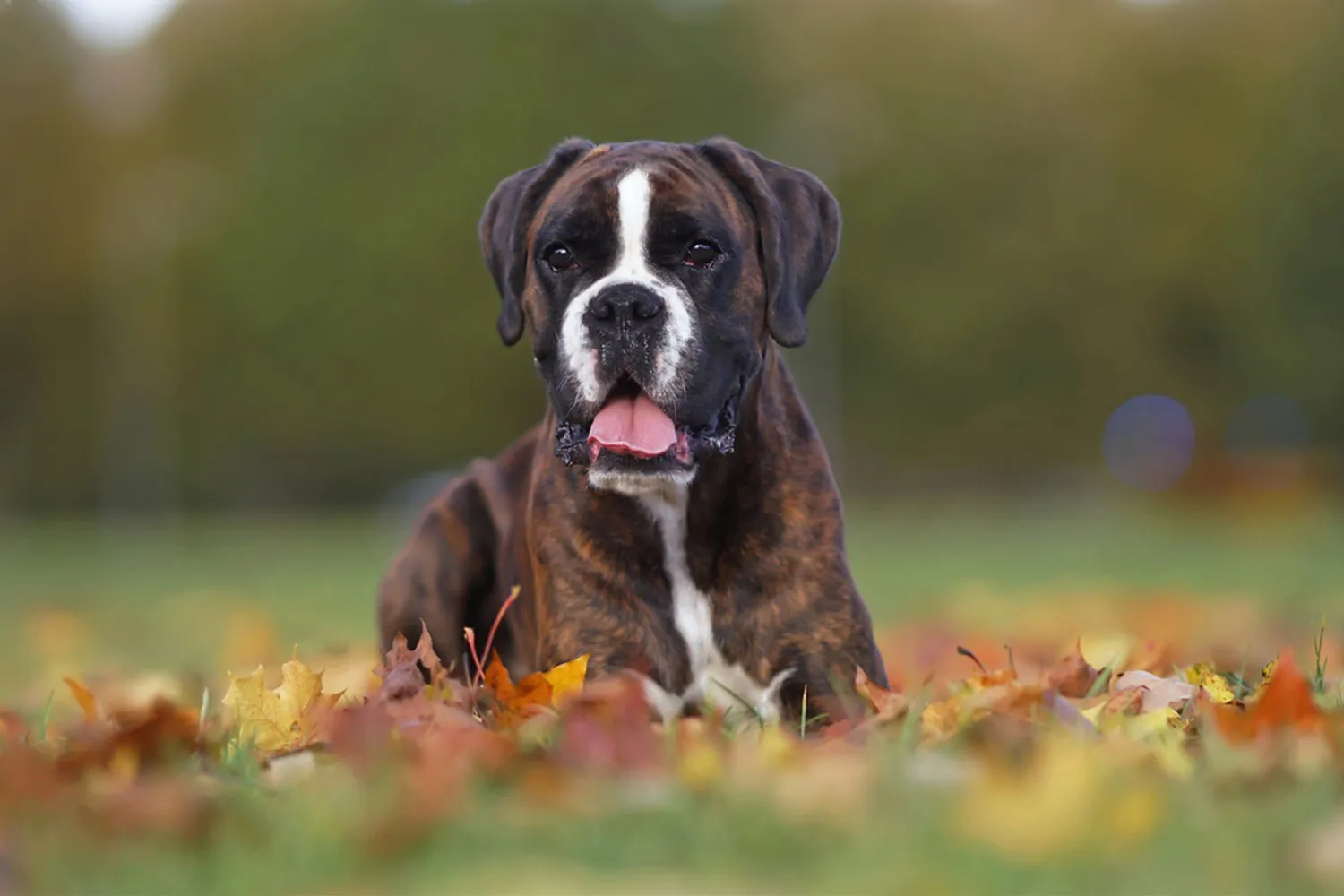
Who Is a Boxer Best For?
If you love getting outside, a Boxer will meet you at the door with their leash in their mouth and that full body wiggle they’re famous for. These dogs are high energy athletes who thrive on daily exercise think brisk walks, long games of fetch, and a good sprint at the park. My friend in Colorado runs 5Ks with her Boxer every weekend, and he still saves energy for zoomies in the backyard. Plan on 60-90 minutes of activity most days, plus some brain games like puzzle toys or scent work. One tip: because of their shorter snouts, Boxers can overheat, so I try to schedule tougher workouts in the morning and keep a collapsible water bowl in my bag.
For families, a well trained Boxer is a goofy, devoted playmate. They adore being around their people, and many are wonderfully gentle with kids once they learn their manners. I’ve seen my niece teach “paw” to a Boxer with a snack in one hand and a giggle in the other pure joy. Just remember they can be bouncy and enthusiastic, so supervision with toddlers is smart, especially during the puppy to teen stage when they forget how big they are. Early obedience classes, consistent boundaries, and plenty of positive reinforcement make a world of difference. Busy household? Even better more laps to cuddle and more hands to toss the ball.
Boxers also have a proud working dog background, which means they can be trained to help around the home and even support people who need extra assistance. I met a veteran’s Boxer who quietly learned to nudge for medication reminders and offer deep pressure comfort during anxious moments. With the right temperament and professional training, some Boxers have served as guide, mobility, or therapy dogs. Not every Boxer is a fit for formal service work, but their loyalty, focus, and people loving nature make them strong candidates when matched with a reputable program.
Bottom line: Boxers shine with active folks, engaged families, and people who value a loving, helpful companion. If you’re ready for daily exercise, consistent training, and lots of affection (plus a little slobber), a Boxer will give it all back tenfold.
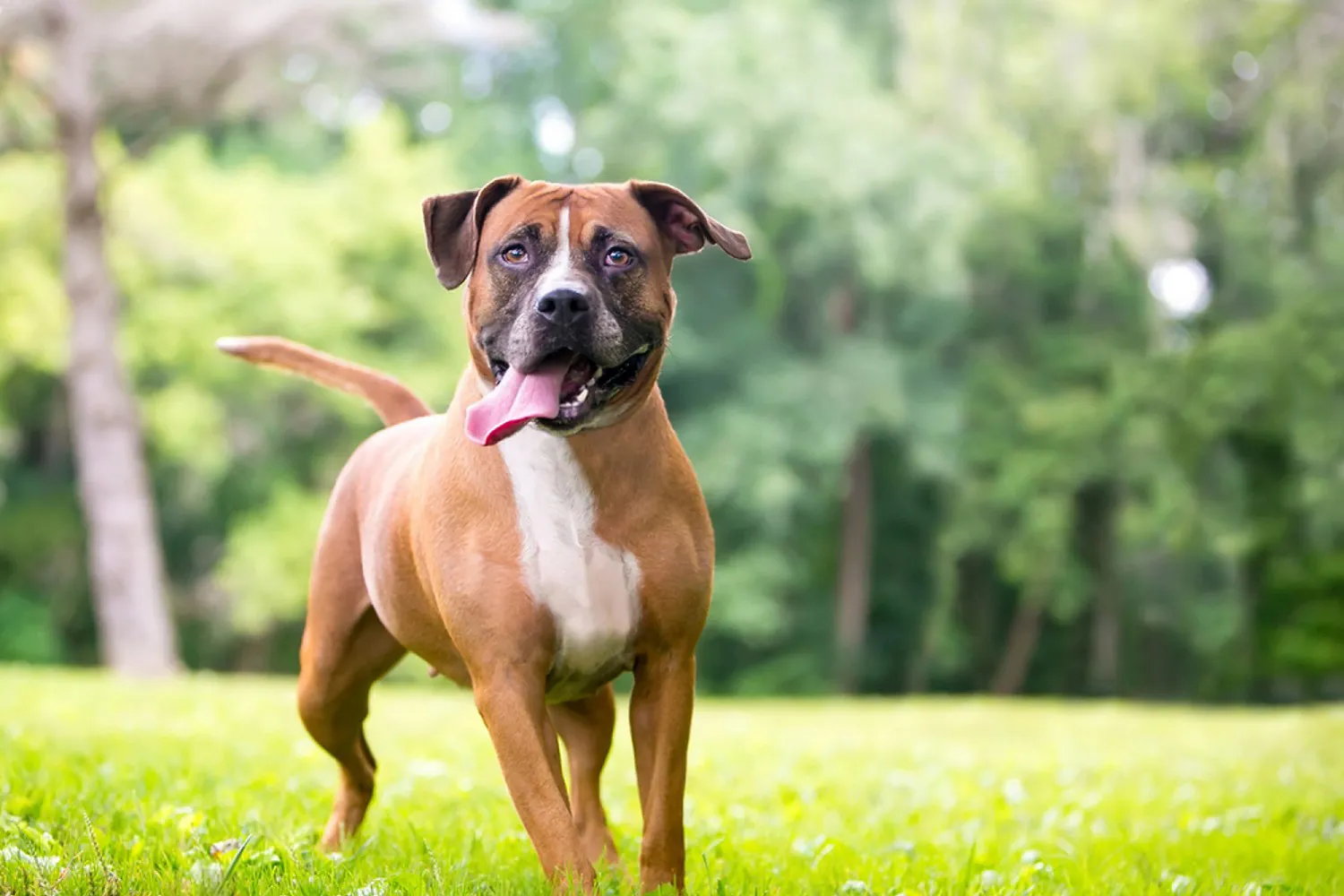
Boxer Grooming & Shedding
With their short, tight coats, Boxers don’t need haircuts, which makes life easier. They do shed moderately, though more in spring and fall so a quick brushing routine goes a long way. I like a rubber curry brush or grooming mitt; my Boxer, Luna, treats it like a spa day and leans into the “massage.” A five minute brush a few times a week keeps the tumbleweeds down and gives their coat a nice shine.
Baths can be once every month or so, or whenever they’ve rolled in something questionable. Use a gentle, dog safe shampoo Boxers can have sensitive skin and towel dry well. Keep nails trimmed every 2-3 weeks; if you hear clicking on the floor, it’s time. A lick mat with a smear of peanut butter turns nail trims into a breeze. While you’re at it, check ears and give them a quick wipe. If you prefer to outsource, a professional groomer can handle the bath, nails, and deshedding in one easy visit.
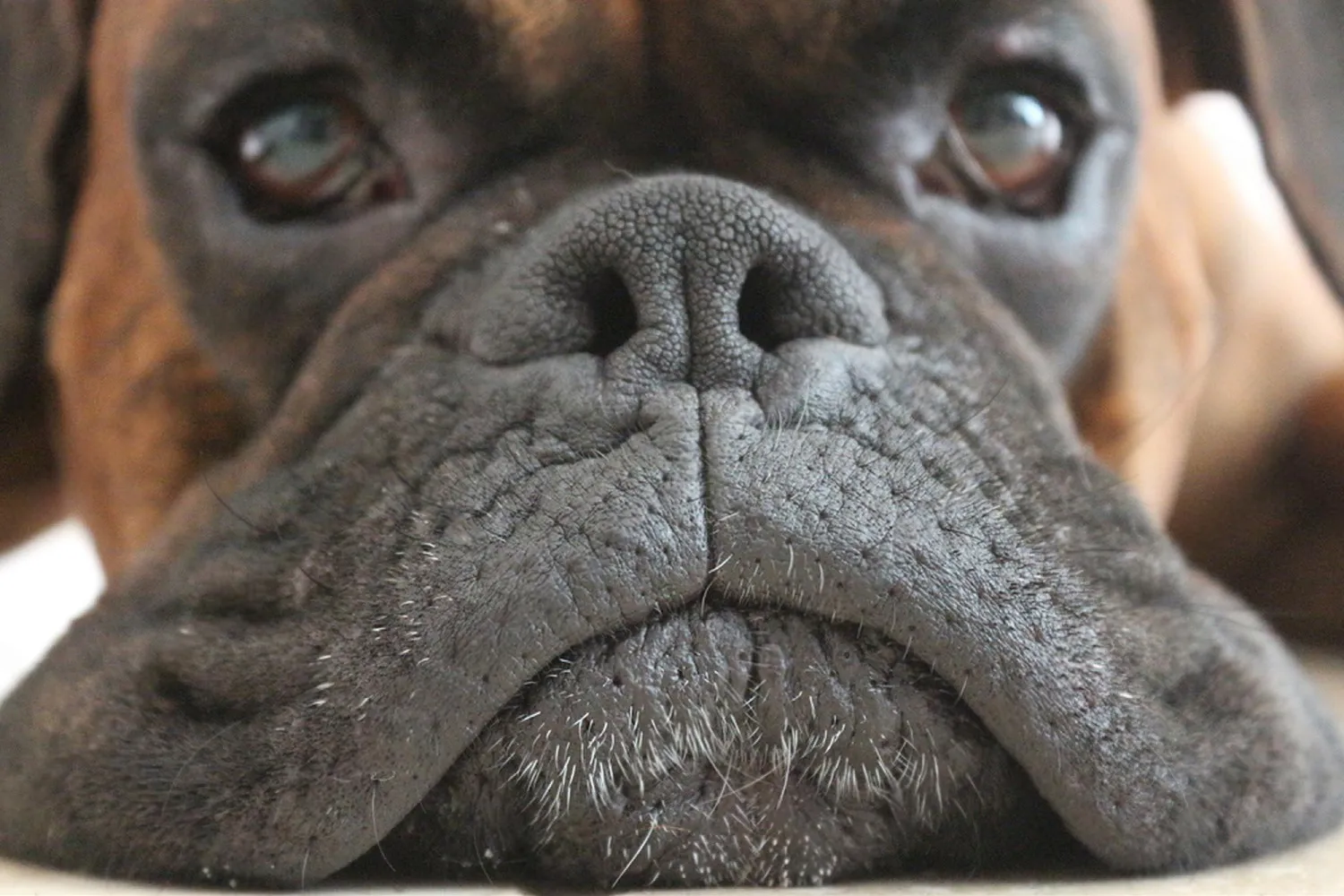
Do Boxers Bark a Lot?
Boxers aren’t big barkers, at least not in the nonstop, neighborhood watch kind of way. Most of the Boxers I’ve lived with or met save their voices for when they’ve got a point to make like the doorbell, a squirrel doing parkour on the fence, or when dinner is scandalously late. If your Boxer does bark, chances are they’re trying to tell you something specific. My old boy, Max, would give exactly two firm barks, then trot over to stare at the treat jar like, “You understand me, right?”
Barking aside, Boxers are wonderfully chatty dogs. Instead of barking, they’ll “talk” with grumbles, huffs, and that famous woo woo song when excitement hits. It can sound dramatic to people who don’t know the breed. I remember a neighbor once mistaking my Boxer’s happy rumble for a growl, but the wiggly “kidney bean” dance and helicopter tail told the real story. Boxers use those sounds to communicate feelings hello, I’m thrilled you’re home; excuse me, belly rubs now; hey, there’s something outside rather than to threaten.
If you’d like to keep barking to a minimum, treat it like a message and answer it calmly. Check the basics first: do they need to go out, need more exercise, or a little mental work? A well exercised Boxer is a much quieter roommate. I’ve had great luck teaching a “thank you” or “quiet” cue let them give one or two alert barks, then say your cue, wait for a beat of silence, and reward that calm. Don’t shout over them; it just sounds like you’re joining the chorus. Reward the quiet moments you catch throughout the day, too. A stuffed Kong, a sniffy walk, or a quick training game can do wonders for a Boxer who’s barking out of boredom.
And about those growly noises: in Boxers, a loose, wiggly body, soft eyes, and a playful bow usually mean those rumbles are happy chatter, not aggression. Still, always listen to what your dog is saying any dog’s growl deserves respect. If your Boxer’s barking ramps up out of nowhere, sounds frantic, or comes with pacing or destruction when you leave, it could be anxiety. A chat with your vet or a positive trainer can help. Otherwise, enjoy the conversation Boxers have a lot to say, just not always with barks.

What Is the Average Weight and Height of a Boxer?
Boxers are solid, muscular dogs with that unmistakable “athlete in a tuxedo” look. On average, adult males weigh about 30 to 32 kg (roughly 66 to 71 lb), while females usually come in a touch lighter at 25 to 27 kg (about 55 to 60 lb). Don’t be surprised if a well conditioned Boxer feels heavier than they look muscle packs on the pounds. My neighbor’s boy, Bruno, always fooled new people at the park; he looked sleek, but at 31 kg he was basically a handsome kettlebell with paws.
In terms of height, Boxers are a medium to large breed. Females typically stand around 53 to 61 cm at the shoulder (about 21 to 24 inches), and males average 56 to 64 cm (roughly 22 to 25 inches). If you’re measuring at home, have your dog stand square next to a wall, place a book flat on the highest point of the shoulders (the withers), and make a light mark then measure down to the floor. I do this whenever I’m checking harness fit or planning a new crate.
A few tips from experience: Boxers grow tall first and often “fill out” with muscle as they mature. Keep them lean and athletic ribs should be easy to feel under a thin layer of muscle, not buried under fluff or padding. And remember, these are averages; genetics, diet, and exercise can nudge a Boxer a little above or below the typical range, and that’s perfectly normal.
https://en.wikipedia.org/wiki/Boxer_(dog_breed)/
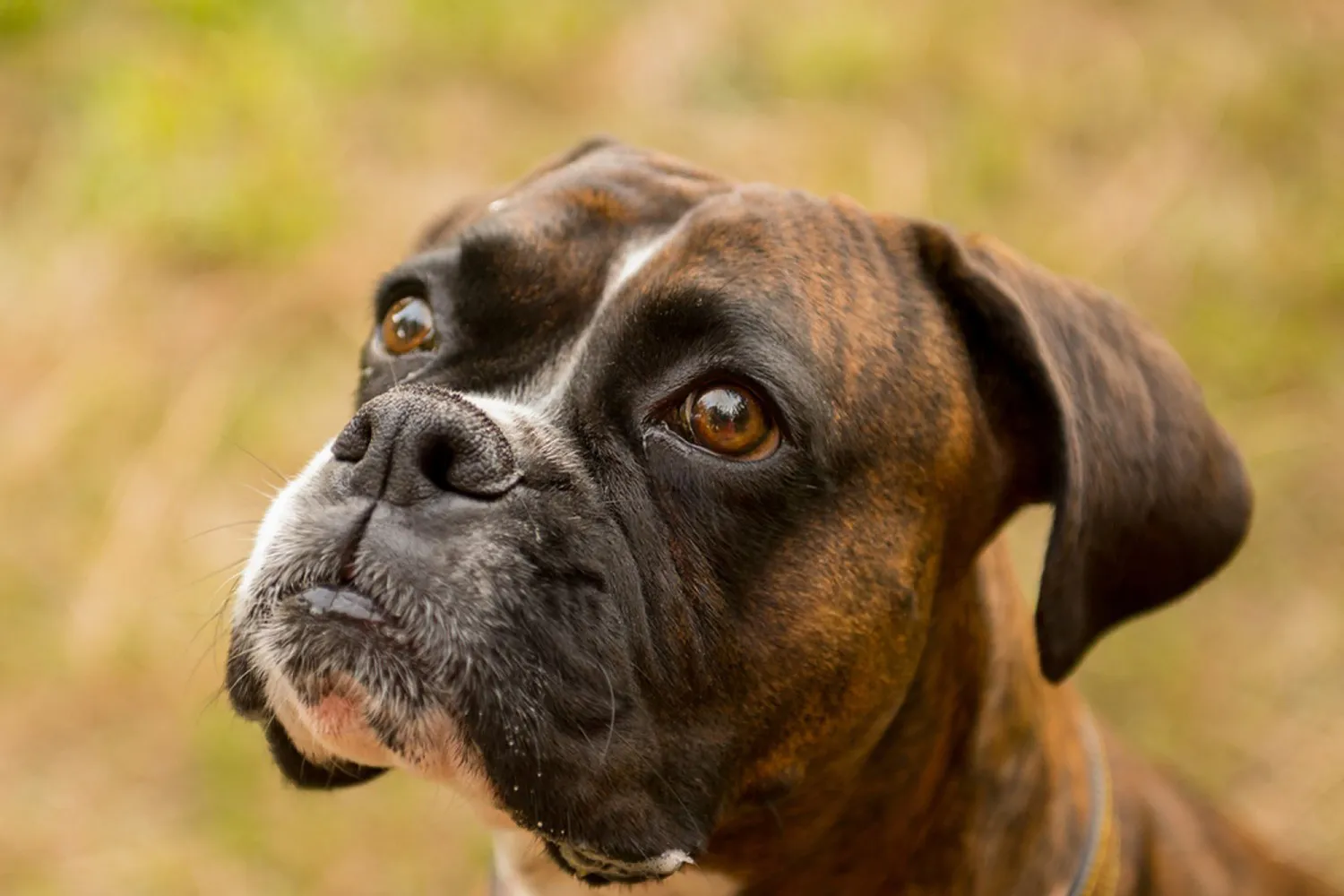
Are Boxers Easy to Train?
Bring a Boxer into your life and you’ll quickly learn what kinetic energy looks like. My first Boxer had springs for legs and a turbo button I never could find the off switch for. The trick wasn’t trying to squash that energy it was pointing it in the right direction. A brisk walk or a quick game of tug before a training session worked wonders; once that initial buzz was out, he could think, focus, and actually enjoy learning.
Early training classes and socialization are your best friends with this breed. I loved taking my Boxer pup to puppy class because it gave him safe, structured time to meet other dogs and people. After a few weeks of calmly watching dogs pass by and practicing sits between greetings, he went from ping pong ball to polite gentleman in the park. Socialization isn’t just about saying hello it’s about learning how to settle around excitement.
Boredom is where Boxers can get themselves in trouble. When mine didn’t have a job, he invented one like redecorating the living room with throw pillows. Avoid repetitive drills that make training feel like a chore. Instead, sprinkle variety into short, upbeat sessions. Mix basic cues with brain games: scatter a handful of treats in the yard for a “find it” search, use a muffin tin and tennis balls to hide snacks, rotate puzzle toys, or play “which hand” with a smelly treat. Boxers are smart and a bit stubborn, which to me reads as independent thinkers. Keep sessions fun, keep rewards high value, and end on a win before your dog decides he’s done.
These dogs shine when you turn training into a sport. Boxers love agility’s jumps and tunnels, they do well in obedience when it’s kept lively, and many enjoy herding style exercises like playing “drive the ball” with a big fitness ball. I once set up a mini agility course in the backyard with broom handles and cones, and my Boxer lit up suddenly all that bouncy energy had a purpose.
A few quick tips from the trenches:
– Train after a bit of exercise, not before.
– Keep sessions to 5-10 minutes and vary the tasks.
– Use toys as rewards when food loses its sparkle.
– Teach impulse control games like wait at doors and settle on a mat.
– Provide daily mental work with puzzles or scent games.
So, are Boxers easy to train? They’re wonderfully trainable when you channel their enthusiasm, keep things interesting, and make learning a game. If you like a little laughter with your lessons and don’t mind a few joyful zoomies, a Boxer will meet you more than halfway.
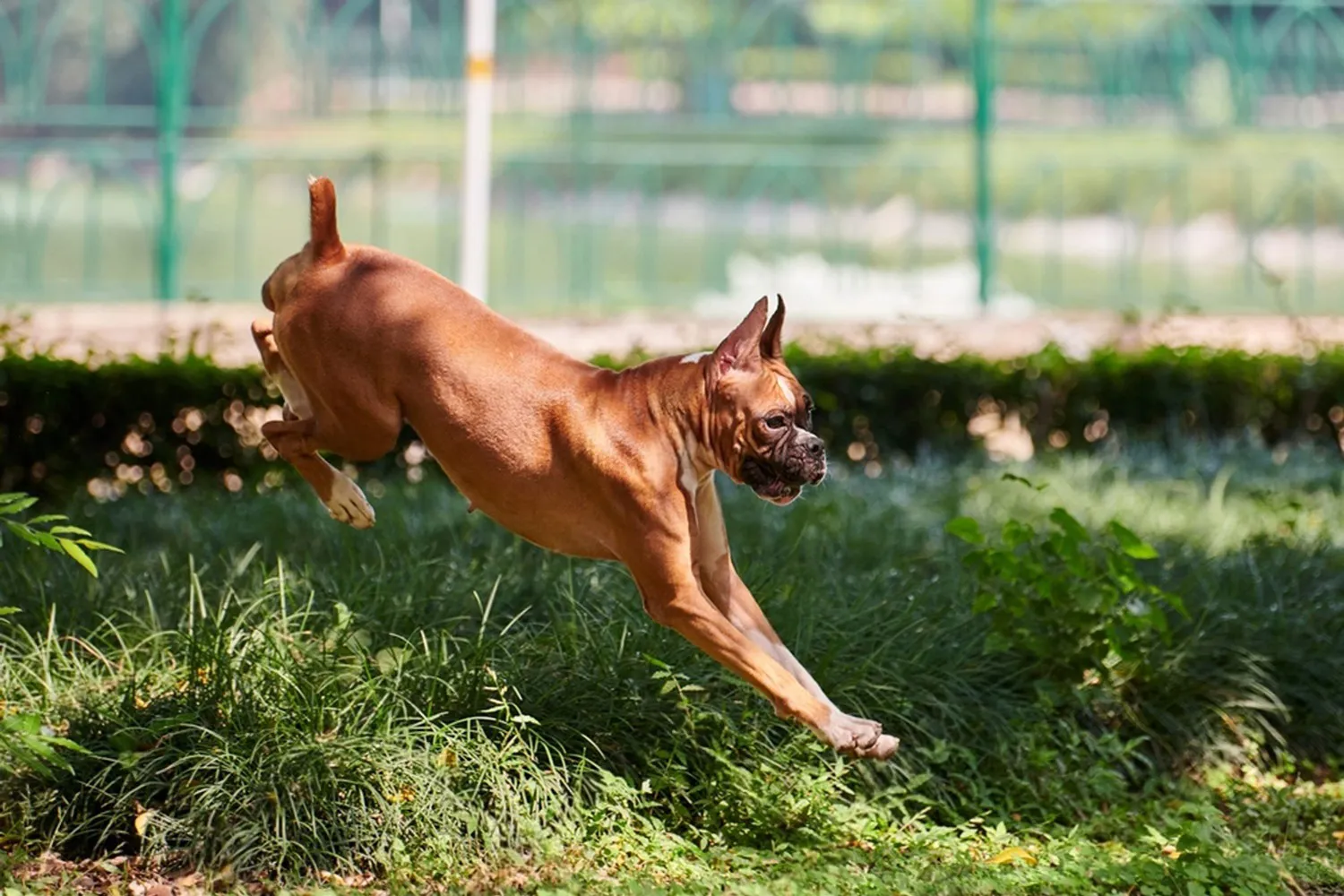
How Do Boxers Behave? A Look at Their Temperament and Personality
Boxers are clever dogs with a real knack for figuring things out, which is both charming and, occasionally, hilariously inconvenient. They enjoy problem solving and can be quite determined about it. I once watched my friend’s Boxer, Rosie, study a puzzle feeder like a little engineer, then nudge the latch just right to spill the kibble jackpot. That same determination can read as stubbornness in training. My tip: keep sessions short, upbeat, and clear. If a Boxer decides a task is boring or pointless, they’ll check out. Turn it into a game, reward generously when they get it right, and you’ll see that “stubborn streak” melt into enthusiasm.
Energy wise, Boxers are full throttle. They love to run, chase, wrestle, and play for what feels like forever. A brisk morning walk plus a good afternoon play session is a baseline in my house; on weekends, a jog or a flirt pole workout helps take the edge off. I remember a Boxer named Milo who would do big, looping zoomies around the park until his tongue flopped sideways like a necktie. Give them outlets fetch, tug, scent games and mix in mental work like “find it” or simple agility in the backyard. A tired Boxer is a delightful couch buddy; an under exercised one will invent their own hobbies, and you may not love their choices.
With other animals, early socialization is key. If Boxers are exposed to friendly dogs and cats as pups, most learn to be good roommates. My neighbor’s Boxer and her senior cat share sunbeams like seasoned retirees. That said, some Boxers can show aggression toward unfamiliar animals. Don’t let them run unattended with other pets, especially new ones. I like to start with on leash parallel walks, then calm, supervised meet and greets. Watch for stiff posture or hard staring, and call it off before tensions rise. Teach solid recall and a reliable “leave it,” and give cats escape routes baby gates with a cat door work wonders. Dog parks can be a mixed bag for rough and tumble Boxers; choose calm playmates and step in early if play gets too intense.
In short, Boxers are smart, spirited companions who thrive on fun, structure, and clear guidance. Keep their brains busy, their legs moving, and their introductions thoughtful, and you’ll have a goofy, loyal friend who makes every day a little brighter.
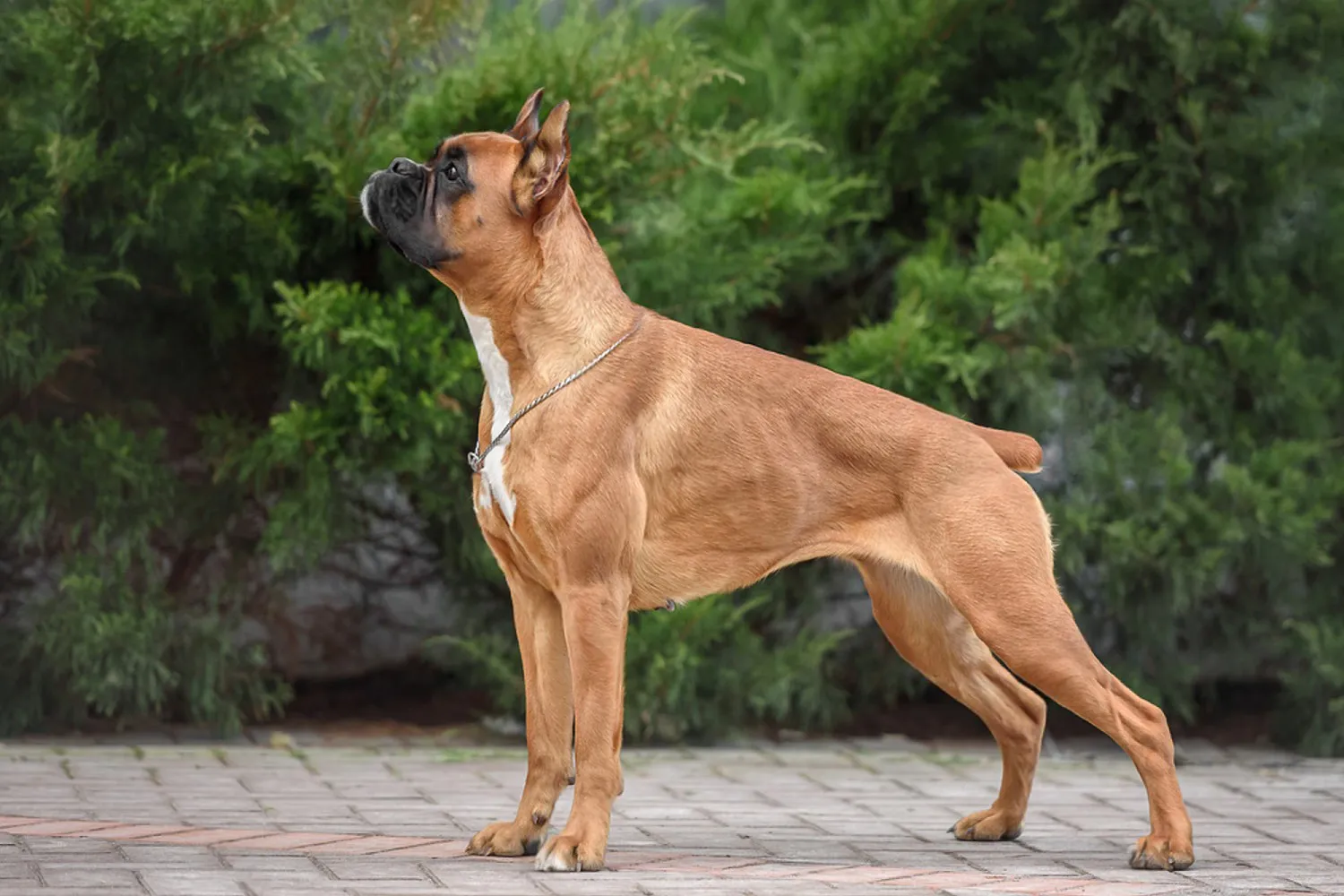
Do Boxers have common health issues?
Short answer: yes, they can. Long answer: with good habits and regular vet care, you can stack the deck in your Boxer’s favor. Boxers have a genetic predisposition to a handful of conditions, and it helps to know what to watch for. Elbow and hip dysplasia can cause stiffness or a bunny hop gait, especially after play. Arrhythmogenic cardiomyopathy is a heart rhythm problem that sometimes shows up as fainting or tiring quickly. Degenerative myelopathy affects the spinal cord and can lead to hind end weakness over time. Their thin, often white or fawn coats can make them more prone to certain skin cancers. And because of that adorable squishy face, some Boxers struggle with breathing, especially in heat or during intense exercise.
I always tell new Boxer parents to team up with a good vet early. Regular checkups are crucial, and I like to schedule a dedicated heart screen when my dogs hit middle age your vet might suggest an ECG or a Holter monitor if there are concerns. For joints, keep your Boxer lean and build strong muscles with low impact exercise; I keep jumping and hard sprints to a minimum when they’re young and still growing. For skin, I do quick once a week nose to tail checks and ask my vet about dog safe sunscreen for light areas if we’re out a lot. With breathing, think cool walks at dawn or dusk, a well fitted harness instead of a collar, and plenty of rest breaks. My Boxer used to snore like a freight train; shifting a summer walk to early mornings made a world of difference.
One more bit of real life advice: pet insurance. A friend’s Boxer had a sudden fainting episode during fetch scary, but because she had insurance, they didn’t hesitate to see a cardiologist and caught an issue early. Not every Boxer will face these problems, but being proactive regular vet visits and a good policy in your back pocket lets you focus on what Boxers do best: loving hard, playing hard, and snuggling even harder.
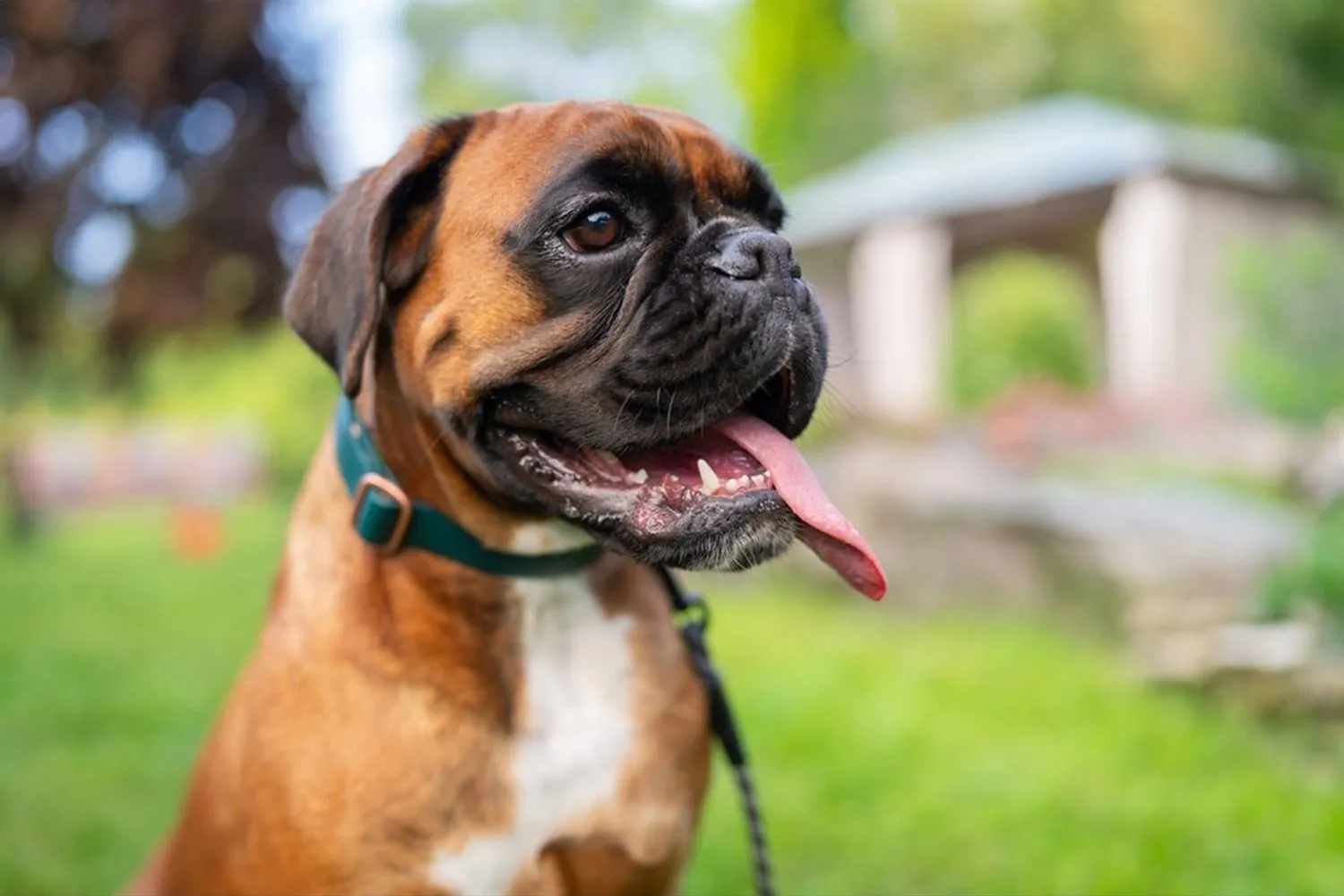
What Is the Lifespan of a Boxer?
Most Boxers live about 10 to 12 years, and every now and then you’ll meet a silver muzzled champ who makes it to 15 or even 16. My neighbor’s Boxer, Daisy, hit 14 and still did her happy wiggle every time the leash came out. They pack a lot of joy into those years.
It’s important to know that cancer is the leading cause of death in Boxers studies suggest up to 45% of Boxer deaths are related to it. I make a habit of doing quick “nose to tail” checks for new lumps and scheduling regular vet visits, especially as they hit their senior years. Keep them lean, active, and on a balanced diet, and don’t ignore subtle changes like weight loss or low energy. Early detection can make a world of difference, and it helps you savor more of those goofy, wiggly days.
How Much Should a Boxer Be Fed?
Every Boxer is a little different at mealtime. A lean, high energy jog buddy will need more than a couch loving cuddle bug. I used to think my Boxer, Roxy, was part gazelle on agility days she burned through calories, so I split her food into three smaller meals instead of two. For everyday life, most adults do well with two measured meals, while puppies thrive on three to four smaller feedings.
Because Boxers are predisposed to bloat (gastric dilatation volvulus), I’m a fan of elevated food bowls to help reduce how much air they gulp while eating. I also keep meals calm and unhurried: a slow, steady eater, smaller portions, and no intense play right before or after feeding. That combo has kept Roxy’s tummy happy for years.
As for what to feed, most Boxers do great on a quality dry dog food, and many enjoy a mix of wet, cooked, or raw. I often stir a spoonful of wet food into kibble for extra aroma. If you cook or go raw, chat with your vet to make sure the diet is balanced, and introduce new foods slowly over a week Boxer bellies can be sensitive. Start with the feeding guidelines on the bag, then adjust based on body condition; you should feel ribs with light pressure and see a nice waist. A measuring cup, a regular schedule, and fresh water round out a solid routine.
Boxer FAQs
Are Boxers good guard dogs?
Yes Boxers are naturally protective and make solid guard dogs. They’re alert, confident, and their “someone’s at the door” bark sounds like a warning siren. At home, though, they’re famously patient and loyal with children. I’ve watched a friend’s Boxer let a toddler dress him in a superhero cape, then leap up with a deep woof when a stranger rattled the gate. Early socialization and a good “quiet” cue help them tell the difference between true threats and everyday noises, so you get a reliable watchdog without nonstop barking.
Where can I find a Boxer puppy?
In Australia, you can adopt or buy both can be great options depending on your lifestyle. Rescue groups and shelters often have Boxers and Boxer mixes; I’ve met some absolute gems through PetRescue and breed specific rescues like Boxer Rescue Network Australia. If you choose a breeder, look for one with transparent health testing and a willingness to chat about temperament, exercise needs, and socialization. Meeting the parent dogs and being okay with a waitlist are good signs. One of my neighbors skipped the puppy phase and adopted a two year old Boxer; he settled in quickly and already knew basic manners win win.
How smart are Boxers?
According to Stanley Coren’s study, Boxers rank 90th out of 138 breeds for working and obedience intelligence so, about average on that specific scale. But because they were bred as working dogs, they’re intuitive and eager to learn when training is fun and consistent. I taught a Boxer foster “touch” and “spin” in a weekend, but we took our time with “stay” because excited wiggles are powerful. Short, upbeat sessions, puzzle toys, and scent games keep their brains happy.
Do Boxer dogs have an attitude?
A Boxer’s attitude usually mirrors its upbringing and environment. From calm, loving homes, you’ll see the classic gentle clown: playful, affectionate, and people focused. Dogs with stressful histories can be more wary and may show fear based behaviors. The good news? Consistency, kind training, and predictable routines work wonders. Boxers are sensitive to tone harsh corrections can shut them down so I stick to clear boundaries, plenty of exercise, and lots of praise. On days we did a brisk walk plus a sniffari, my Boxer foster transformed from jumpy to snuggly by evening.
Disclaimer:
This article is for informational purposes only and doesn’t replace professional veterinary or training advice. Always consult a certified vet or dog trainer for guidance specific to your pup.


